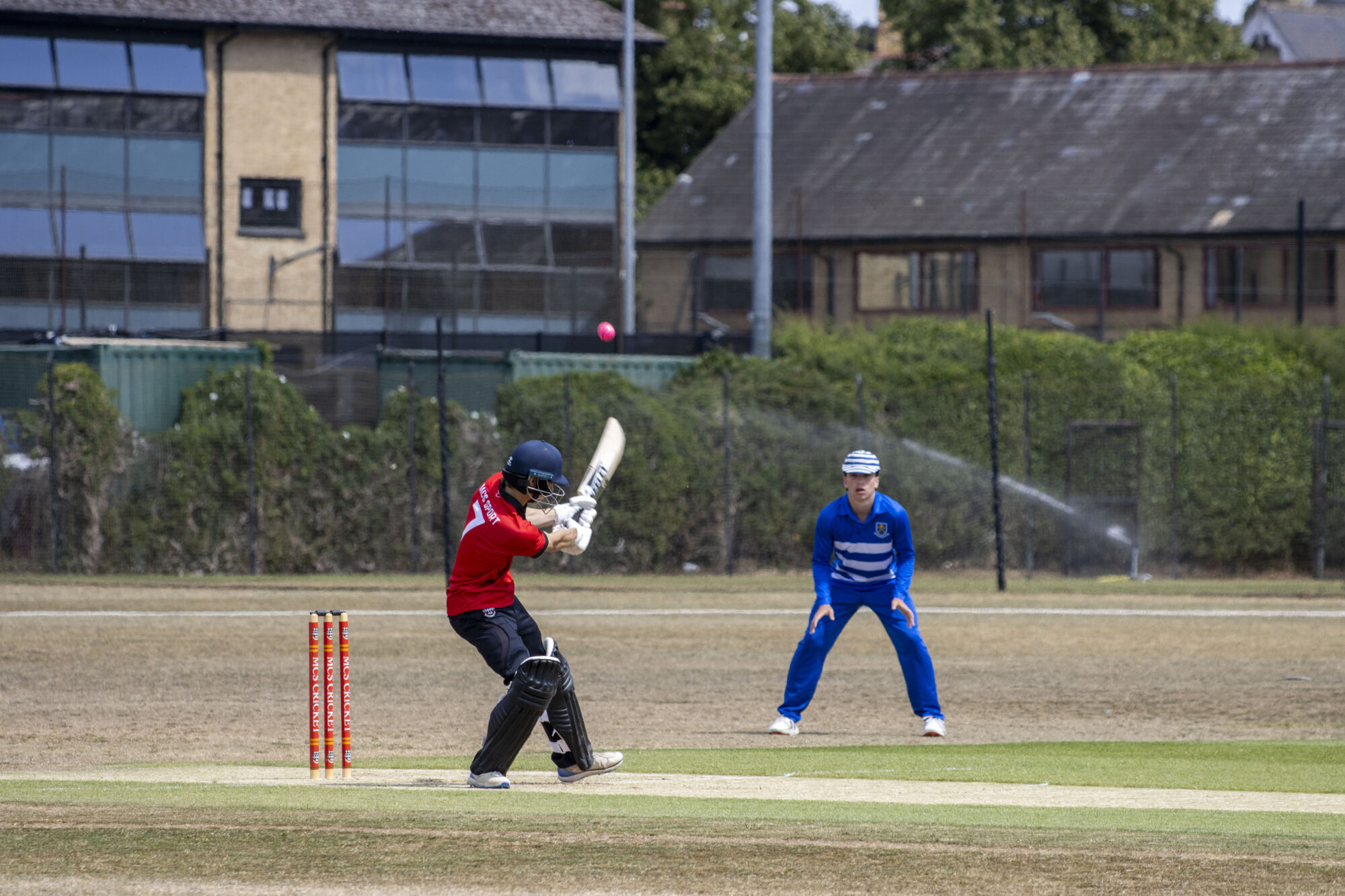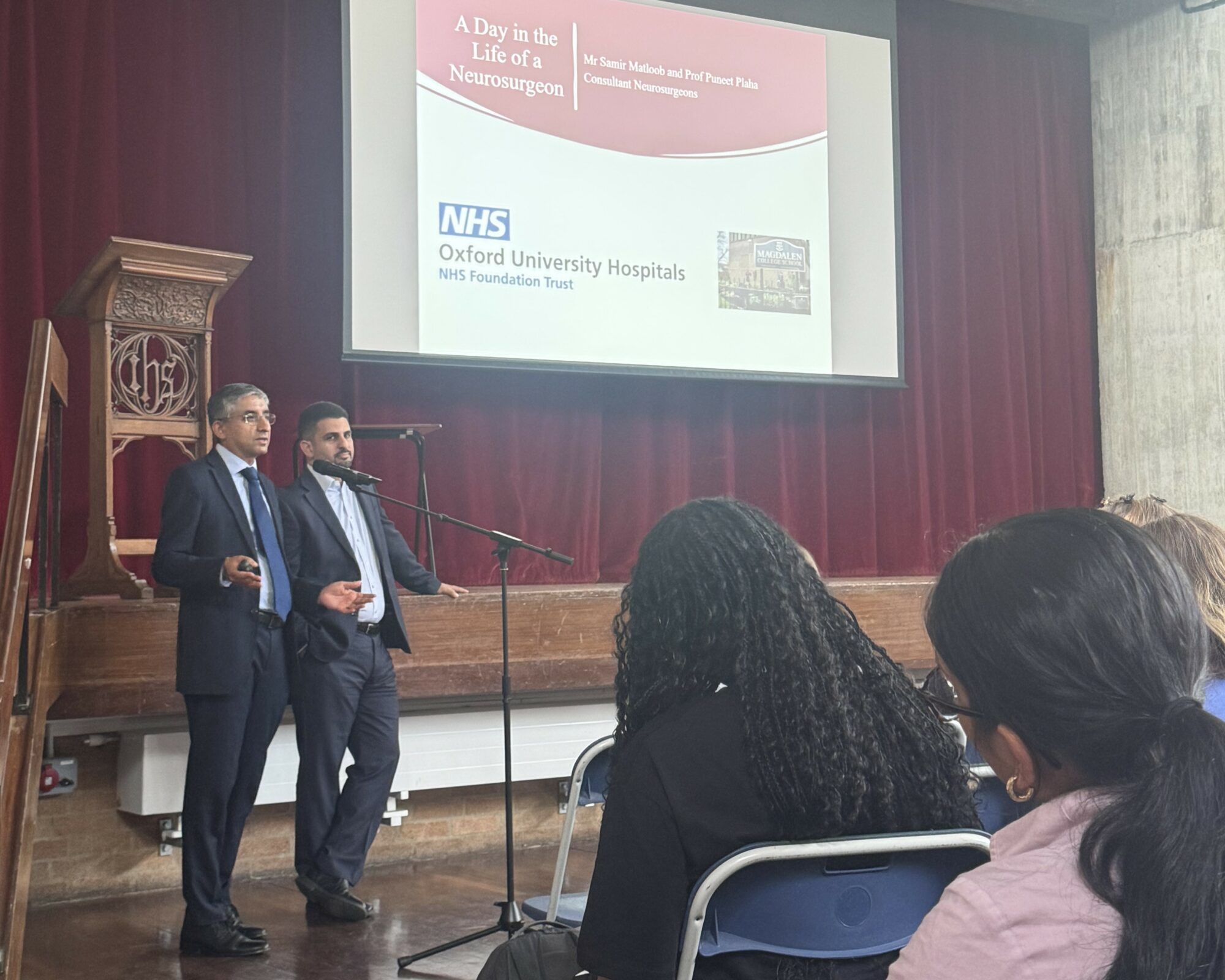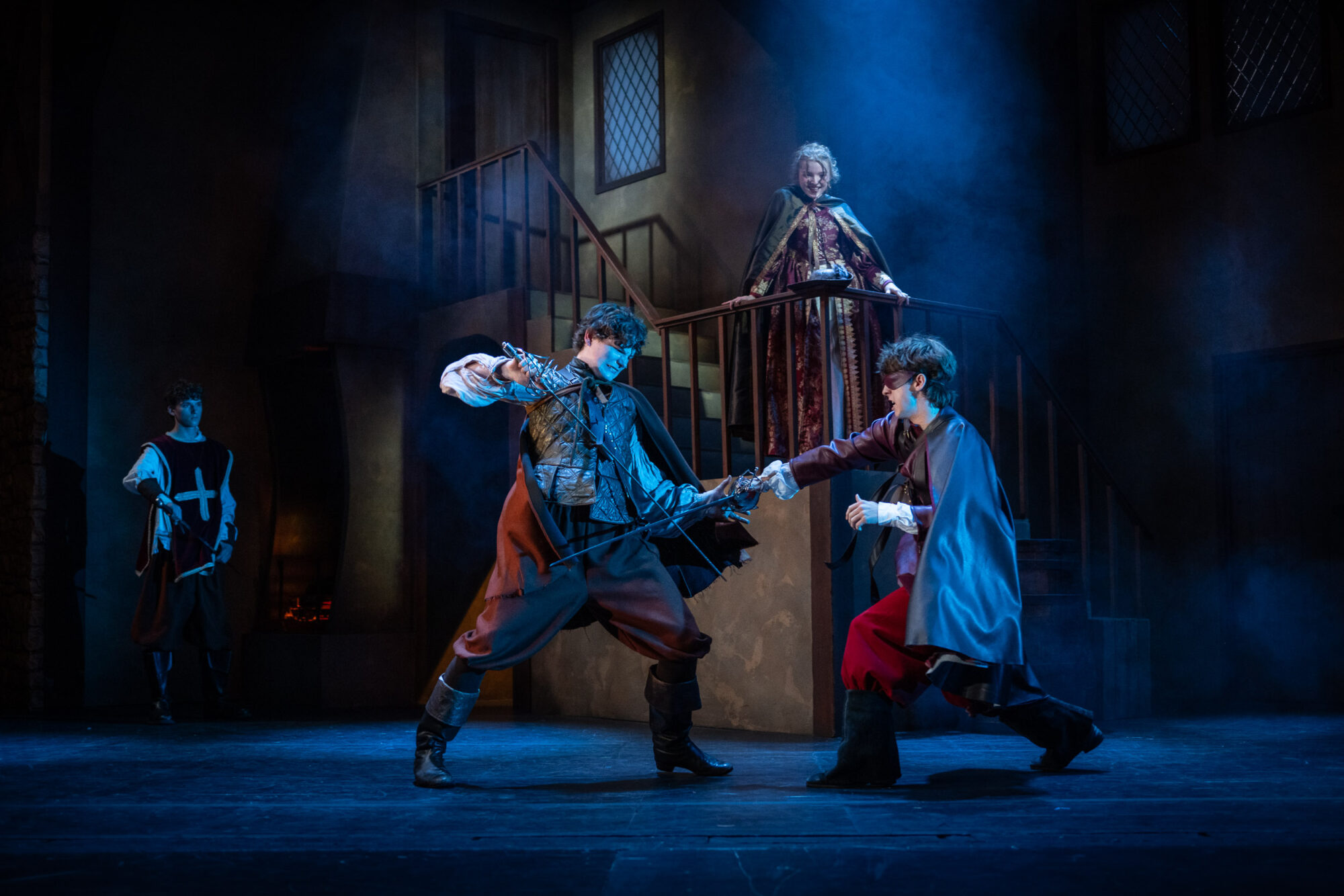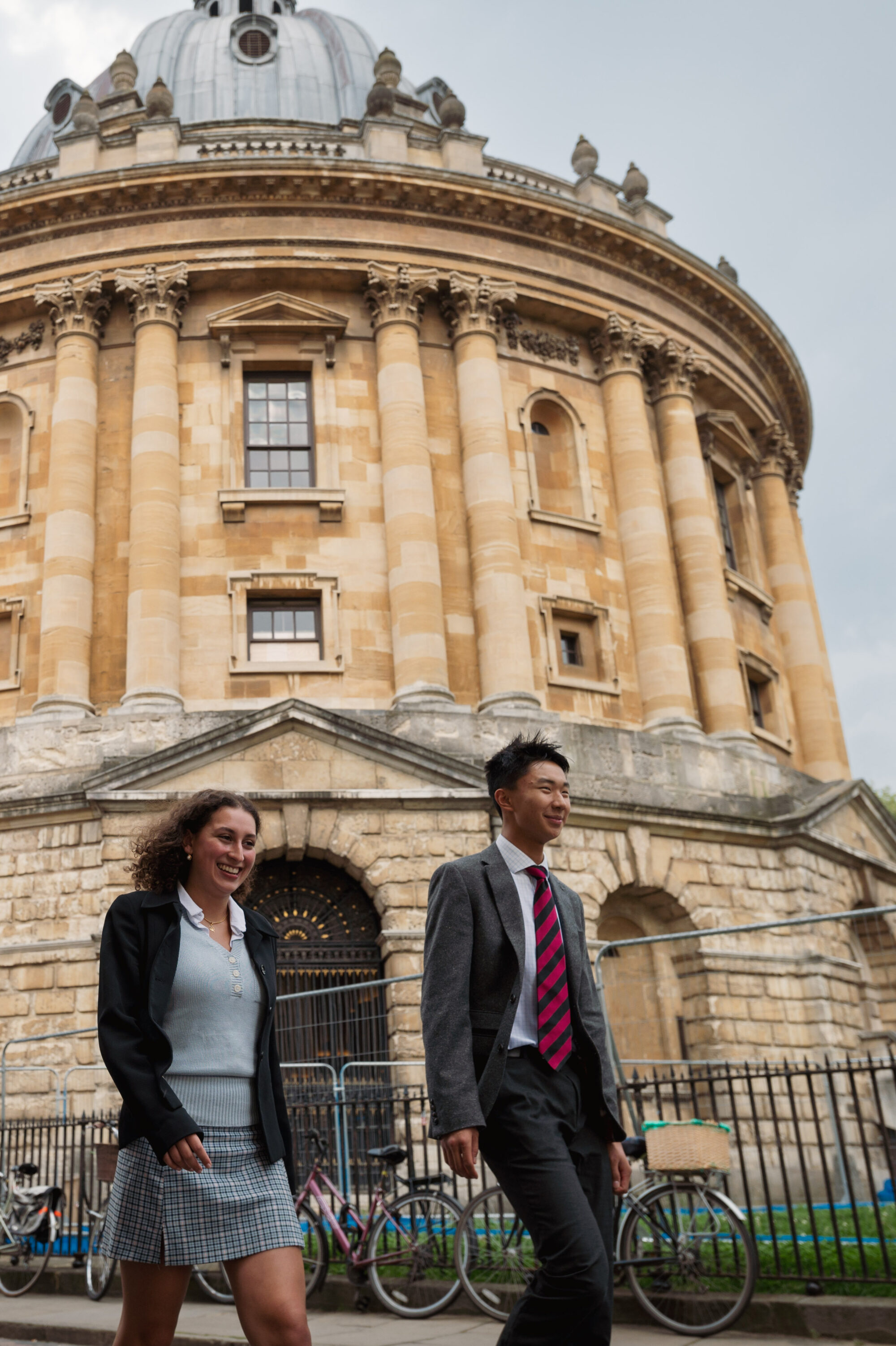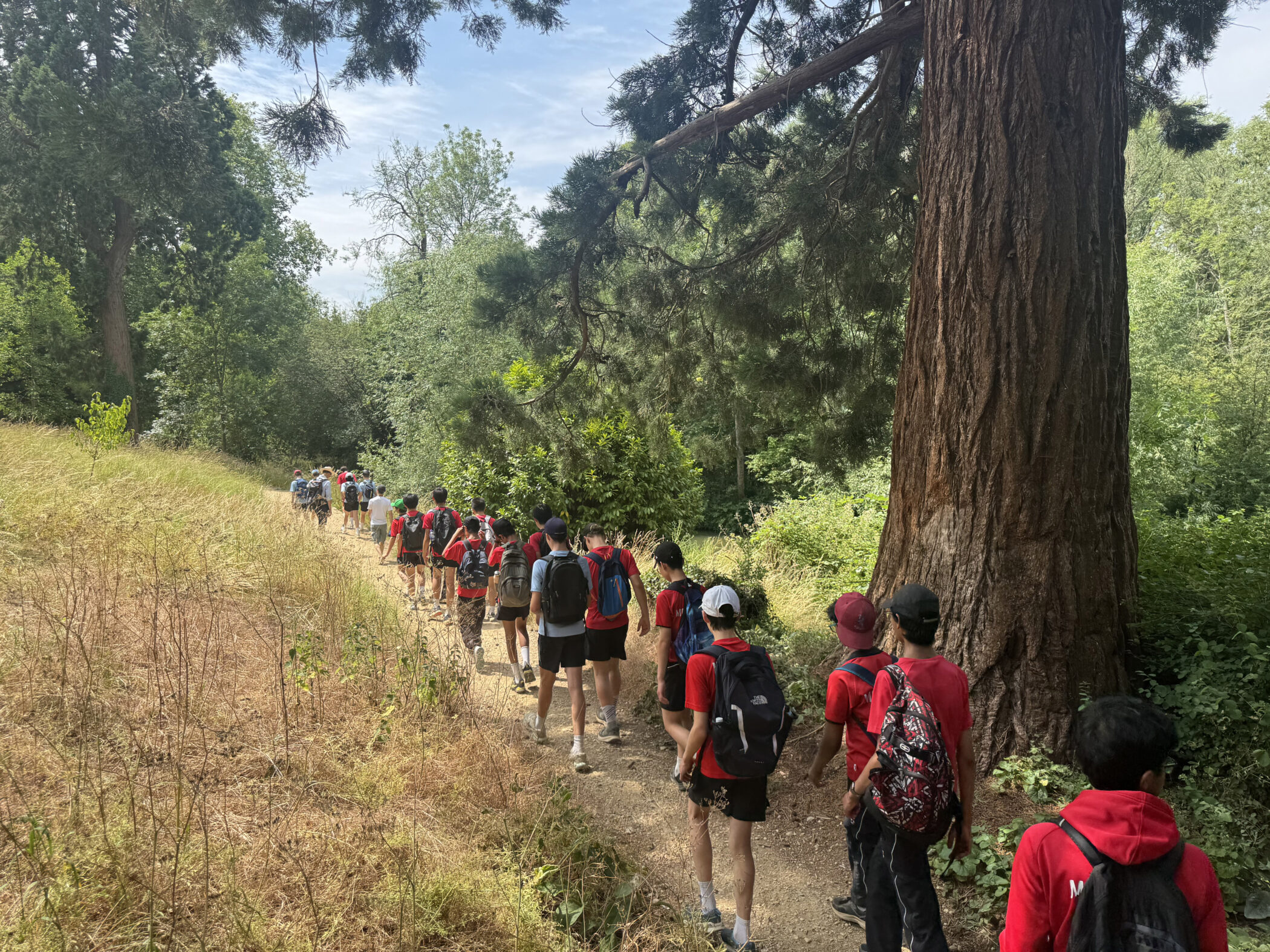Kenneth died on 15 June 2013. During his time at MCS, he was a member of Dunn House, playing the oboe and chess and winning the junior backstroke. The following obituary was printed in the New York Times:
Kenneth G. Wilson, who was awarded the 1982 Nobel Prize in Physics for showing how to calculate tricky moments like when ice melts or an iron bar loses its magnetism, died on Saturday (15 June) in Saco, Me. He was 77. The cause was complications of lymphoma, according to Cornell University, where he had been a professor for 25 years.
His colleagues hailed Dr Wilson as a legend who had changed how theoretical physicists went about their work, especially in particle physics, the study of the elementary and fundamental constituents of nature. He was also a pioneer in using computers and then supercomputers to study the properties of quarks, the building blocks of protons and neutrons.
‘He’s a giant in theoretical physics,’ said Frank Wilczek, a Nobelist at the Massachusetts Institute of Technology, calling his work ‘quite profound.’
Steven Weinberg, a Nobel winner at the University of Texas at Austin, said, ‘Ken Wilson was one of a very small number of physicists who changed the way we all think, not just about specific phenomena, but about a vast range of different phenomena.’
Kenneth Geddes Wilson was born on June 8, 1936, in Waltham, Mass., the first of three children of Edgar and Emily Buckingham Wilson. His father was a chemist at Harvard. His mother had been a physics graduate student before marrying. One grandfather was an engineering professor at M.I.T. and the other the speaker of the Tennessee House of Representatives.
Kenneth Wilson entered Harvard at 16, majored in math and ran the mile. He obtained his Ph.D. at the California Institute of Technology under the legendary theorist Murray Gell-Mann, then did postdoctoral studies at Harvard as a junior fellow that included a year at CERN, the European nuclear research organization in Geneva. He joined Cornell as a physics professor in 1963.
He later said he was drawn to Cornell by, among other things, the folk-dancing scene in Ithaca, N.Y. It was at a folk dance that he met Alison Brown, who was working in the university’s computer center. They were doing a Swedish dance called the hambo. ‘His hambo and my hambo fit together really well,’ she said.
They married in 1982. She survives him, along with a brother, David, a sister, Nina Cornell, a half sister, Anne Goldizen, two half brothers, Paul and Steven Wilson, and a stepmother, Thérèse Wilson.
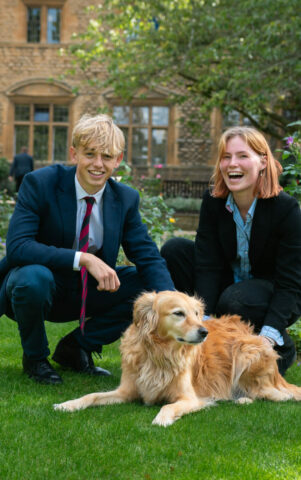 MCS ranks among the top independent secondary schools, and in 2024 was awarded Independent School of the Year for our contribution to social mobility.
MCS ranks among the top independent secondary schools, and in 2024 was awarded Independent School of the Year for our contribution to social mobility.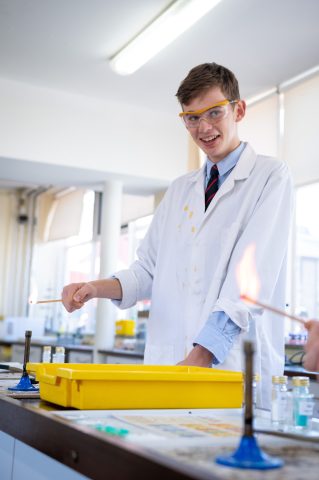

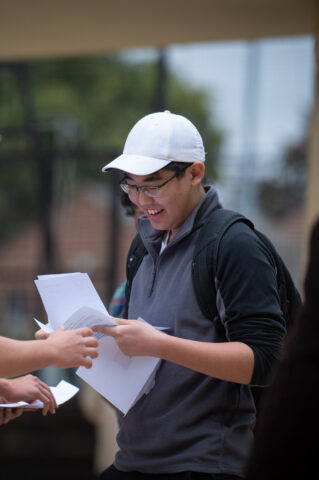 28 of our pupils achieved 10 or more 8 or 9 grades in 2024.
28 of our pupils achieved 10 or more 8 or 9 grades in 2024.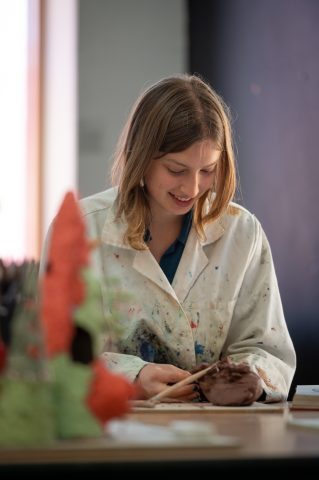
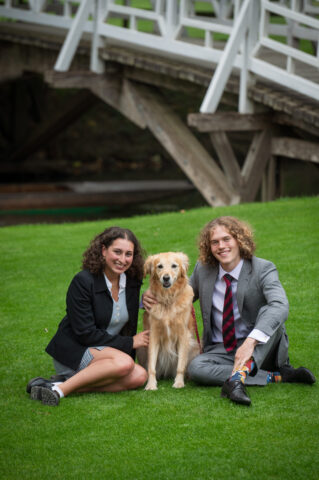 In 2023-24, MCS received over £448,000 in donated funds.
In 2023-24, MCS received over £448,000 in donated funds.